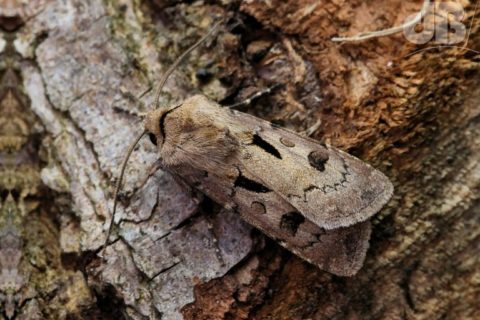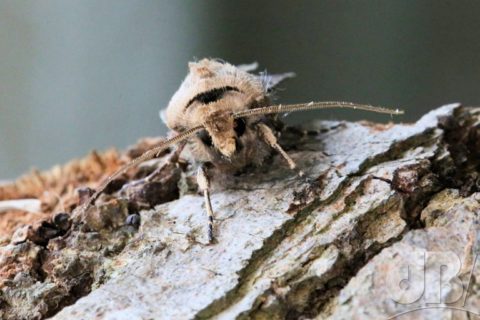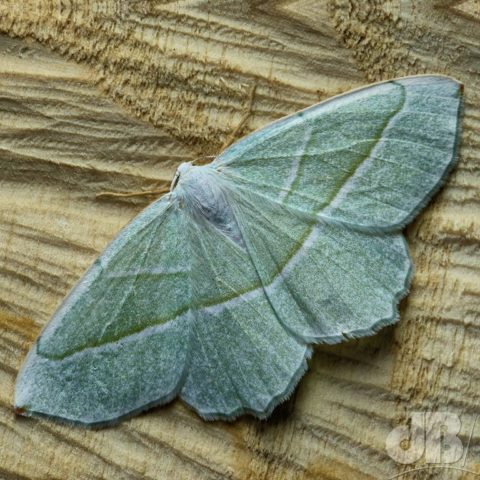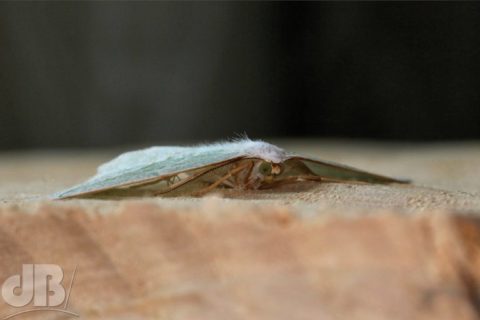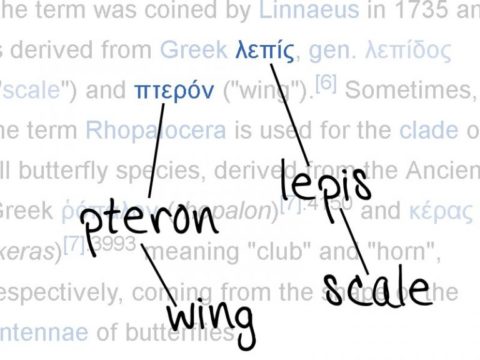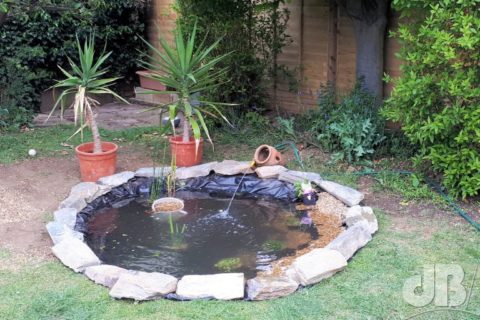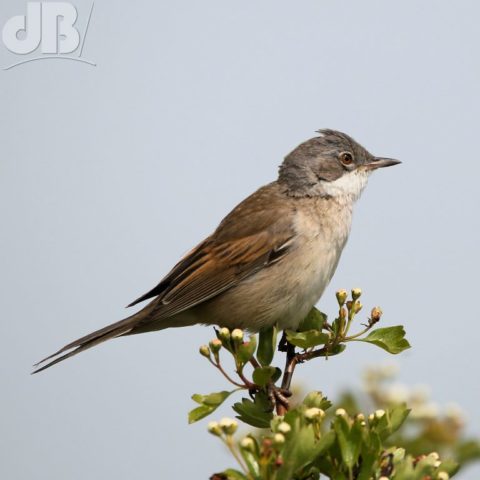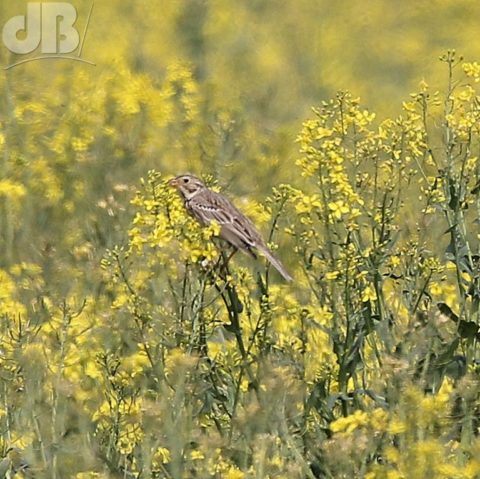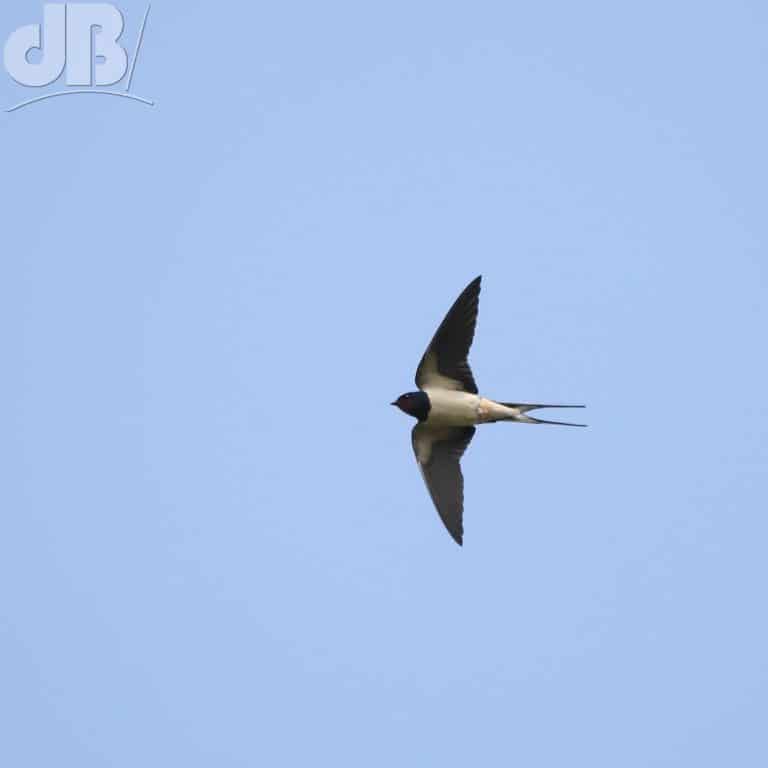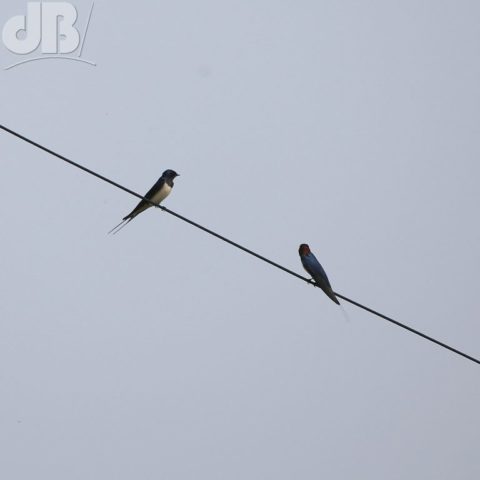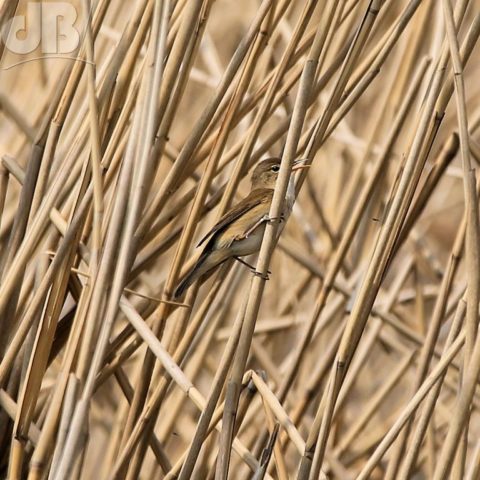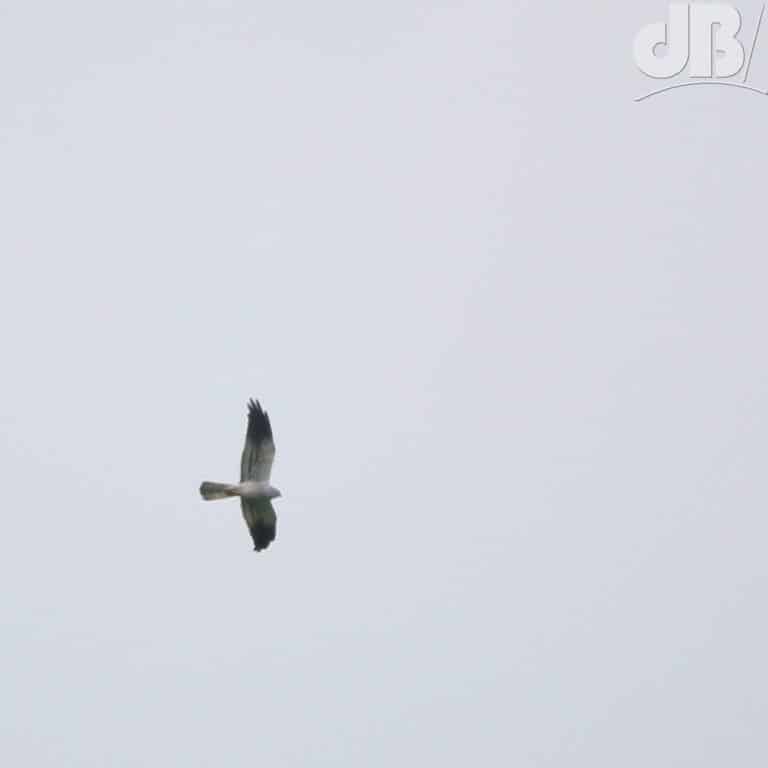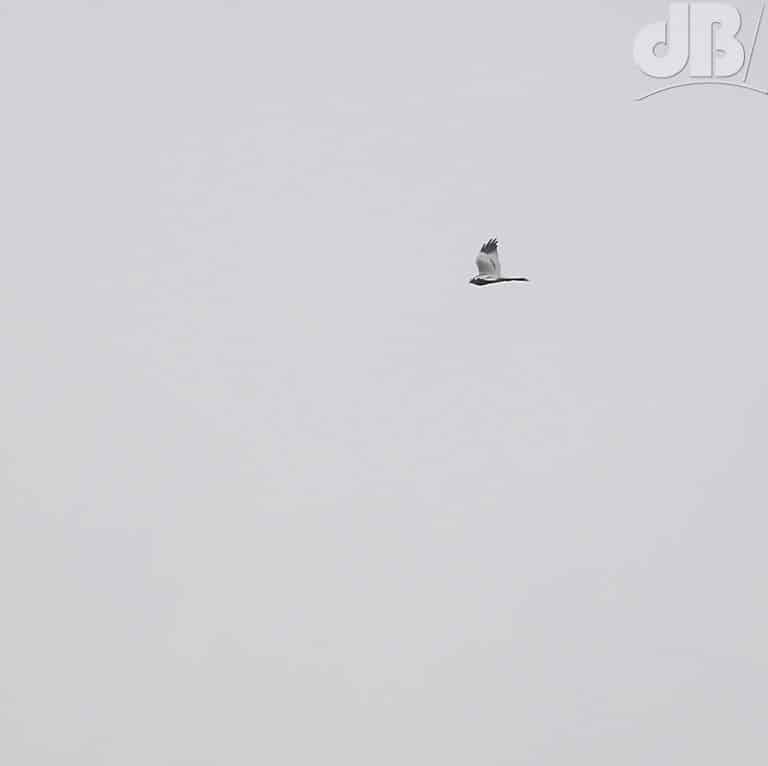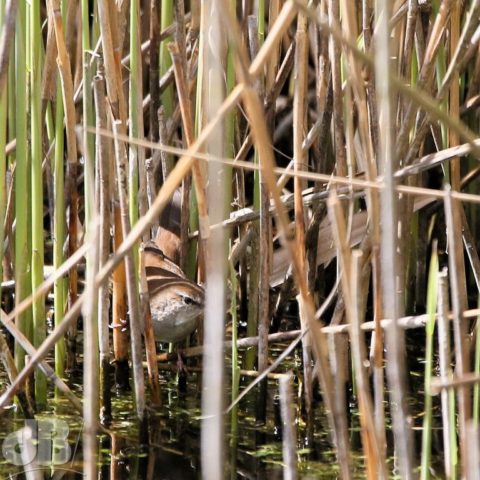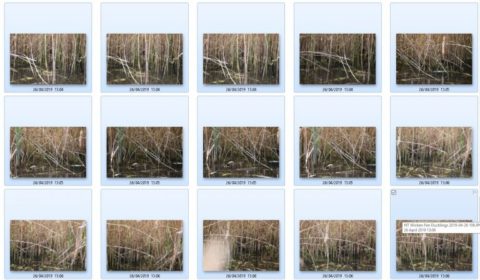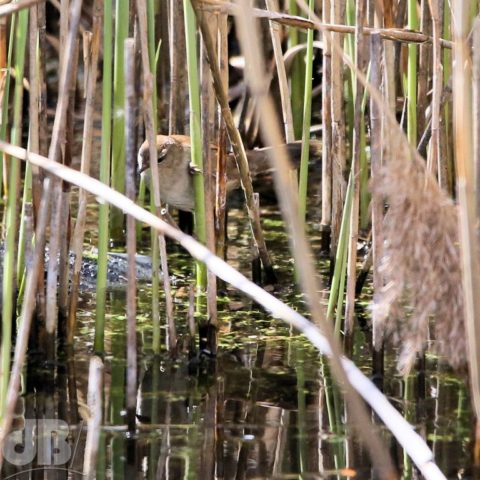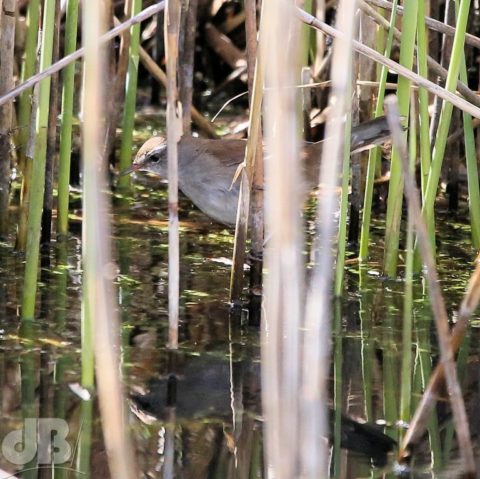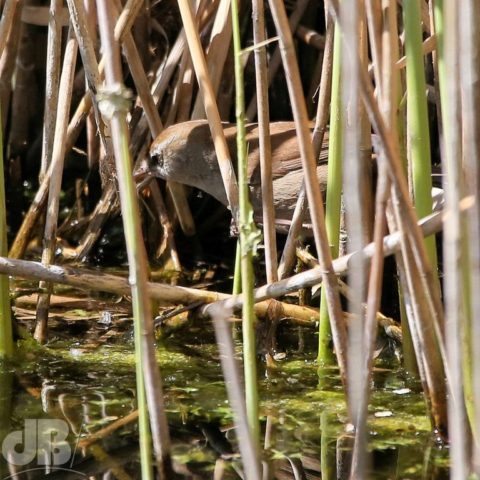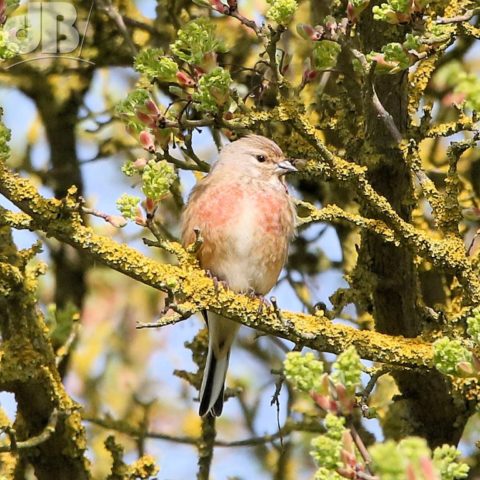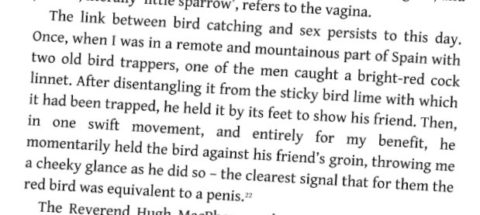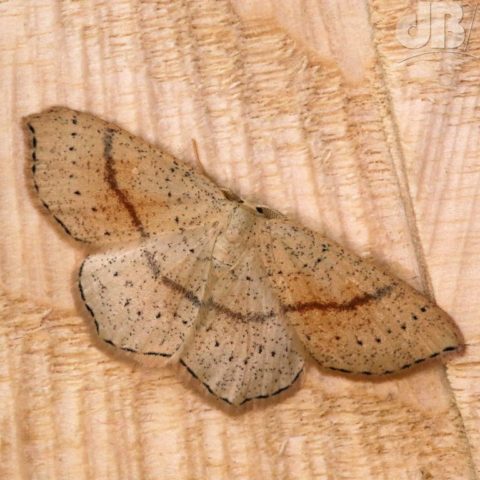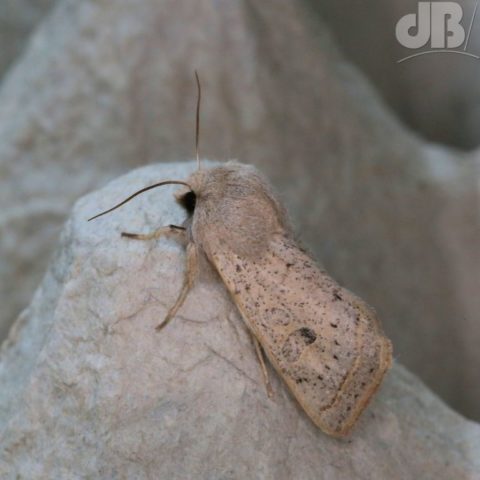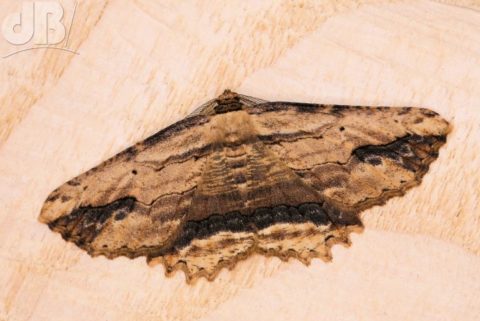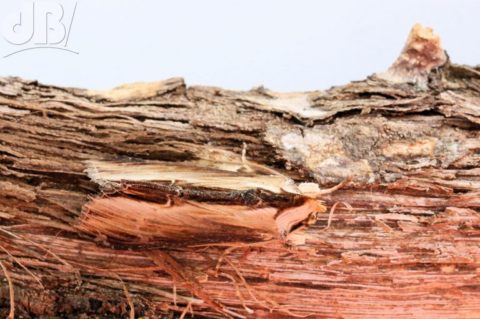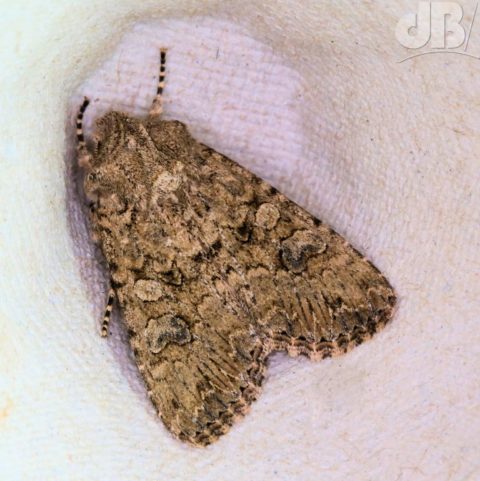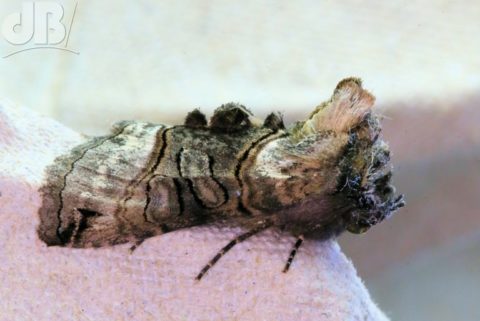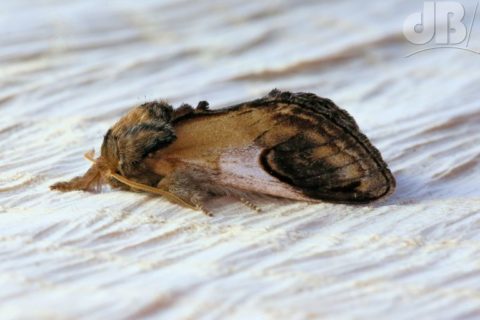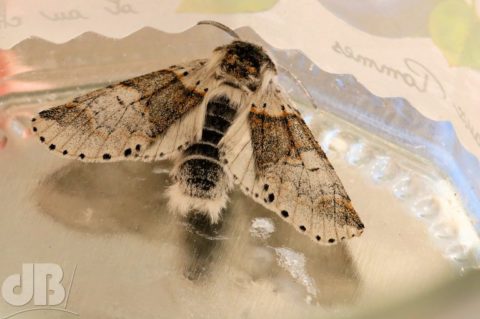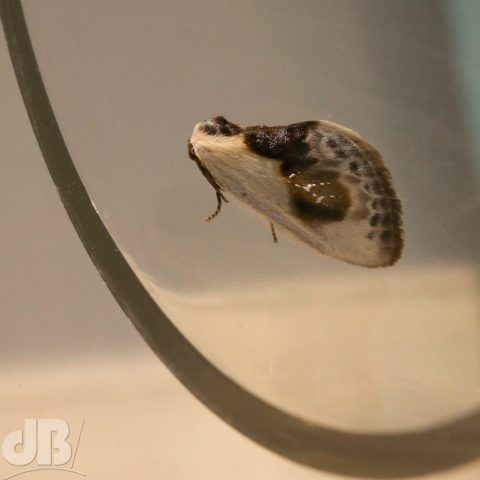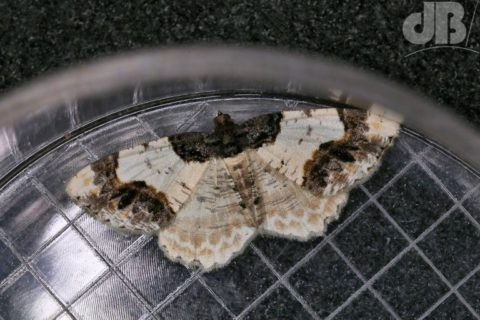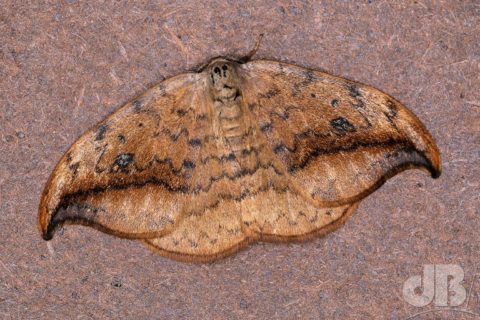The Eurasian Hobby is back over RSPB Ouse Fen (May 2019), one of 6 or 7 seen hunting on the wing. The bird’s scientific name is Falco subbuteo means “falcon below the buzzard”. But, yes, that’s where the name of the football game – Subbuteo – comes from, the inventor wanted to call it “Hobby”, but the company said that couldn’t be trademarked, so he went all cod Latin.
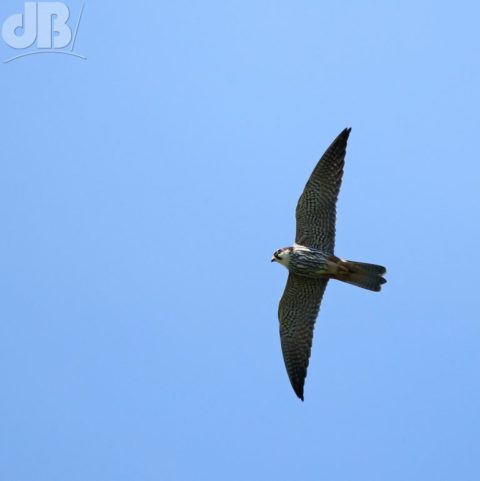
As you can probably tell, they fit into a sequence of falcons found in the British Isles, from largest to smallest: Peregrine > Hobby > Kestrel > Merlin. Hobbies mainly eat dragonflies on the wing and you can see them clipping off the wings and discarding everything but the insects’ bodies as the bird flies over you. I have also seen them take swifts out of the air on a couple of occasions, both midsummer above our garden with the hobby flying out of the sun towards the screaming, circling swifts high above.
Taking photos of birds on the wing is difficult at the best of times, but photographic quality is also compromised at this time of year by atmospheric disturbance (you cannot filter out the heat haze, unfortunately).
